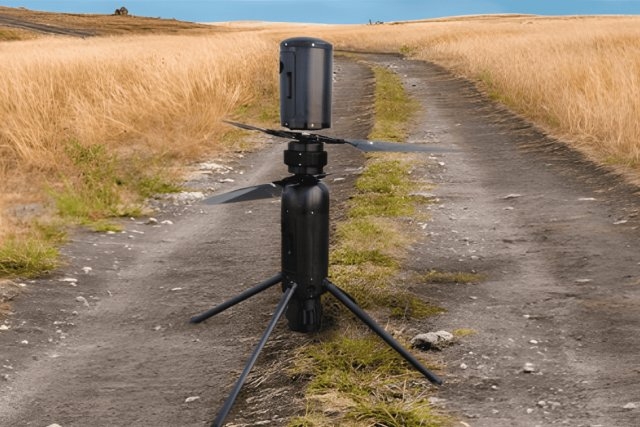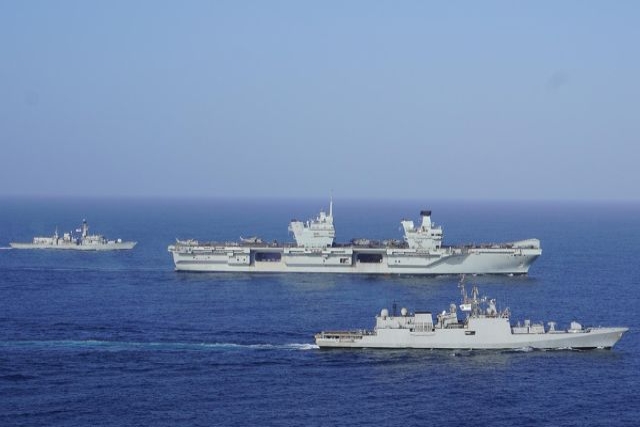Saab Considers Unmanned Gripen Development Plan
Saab is considering a plan to develop an unmanned version of its next-generation JAS Gripen-E multirole fighter, Saab officials said.
The company offcials has sets its sights on winning a series of medium-size international orders for about 300 manned Gripen-Es in the next 20 years.
“We expect to produce a large number of unmanned aircraft in the future. However, the military cannot afford dual systems [of both unmanned and regular aircraft],” Saab CEO Håkan Buskhe told reporters. “This is about finding cost-effective solutions to enable decisions regarding whether a plane will fly with or without a pilot on various missions. These present significant opportunities to develop the Gripen in the future.”
Saab is also confident it can find lucrative export markets for its Skeldar V-200 land and marine unmanned aerial system.
Buskhe said Saab remains confident that Switzerland will ratify the purchase of 22 Gripen-E aircraft, despite opposition to the project among a number of political parties in that country.
The company is also optimistic, Buskhe said, that it will generate further export sales of the JAS Gripen-C multirole aircraft in coming years.
“It is entirely possible that we can secure new orders for the JAS Gripen-E already before this decade ends,” Buskhe said. “We also hope to sell a number of Gripen-C aircraft during this period.”
The Swiss order, valued at US $3.3 billion, is crucial to the successful development of the JAS Gripen-E, said Peter Hultqvist, chairman of Sweden’s Parliamentary Committee.
“As matters stand, the Swiss government is committed to the acquisition of Gripen-E aircraft, but there is a lack of political consensus for the purchase within the Swiss Parliament’s two chambers. The main issues in dispute are cost, type of aircraft and funding for the purchase. There are even calls for a referendum in 2014 to decide the issue,” Hultqvist said at the Paris Air Show.
The Swiss government is working on a plan to replace the Air Force’s aging Northrop F-5E/F Tiger fighters after 2017. Deliveries of new replacement fighters is set to commence, under the Fighter Modernization Project, in 2018.
“The Swedish government has a huge stake in the Gripen-E’s development. It has already invested almost $2 billion at various stages up to now. It will not want the project to fail,” Peeters said. “Nor will it want Sweden to lose the valuable aircraft design expertise, production technologies, the skills and the industrial employment opportunities that come with projects such as these.”
“Saab has assured the government that it can produce each Gripen-E for a lower unit cost than the Gripen-C. This commitment to keeping costs in check should make the aircraft not only more cost-efficient but also easier to export when it is bidding against comparable but more costly fighter planes,” Peeters said further.
Funding for the Gripen-E program was bolstered in February when the company received development monies totaling $1.64 billion from the state defense materials agency FMV. The funding covers development on the Gripen-E from 2015 to 2023, including the adaptation of test and trial equipment, simulators and rigs.
The total value of possible orders under Saab’s JAS Gripen-E “complete” development agreement with FMV amounts to $7.3 billion, of which $2 billion has now been received. The remaining orders within the agreement are expected to continue up to the end of 2014.
Other segments of Saab’s funding agreement with FMV includes possible orders to modify 60 Gripen-C to Gripen-E aircraft, and the delivery of 22 new Gripen-Es, and related equipment, to Switzerland, subject to final approval by the Swiss Parliament.









